Classical Chinese fragrant Orchids
longriver
17 years ago
Featured Answer
Sort by:Oldest
Comments (11)
lullasierra
17 years agolongriver
17 years agoRelated Professionals
Foothill Ranch Landscape Architects & Landscape Designers · Aloha Landscape Contractors · Annandale Landscape Contractors · Chattanooga Landscape Contractors · Danvers Landscape Contractors · Davis Landscape Contractors · Flagstaff Landscape Contractors · Kailua Landscape Contractors · Mashpee Landscape Contractors · Mason Landscape Contractors · Oakland Landscape Contractors · Peachtree City Landscape Contractors · Saint Paul Landscape Contractors · Vadnais Heights Landscape Contractors · Tucson Swimming Pool Buildersyellowthumb
17 years agolongriver
17 years agoshic_2006
17 years agojimshy
17 years agorita_h
17 years agolvyao
12 years agoDar Sunset Zone 18
12 years agolisaonbainbridge
7 years ago
Related Stories
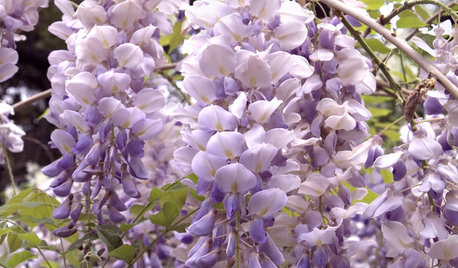
SPRING GARDENINGSpring Planting: Wonderful Wisteria
Classic Vines Add Fragrance, Color and Romance to Garden Designs
Full Story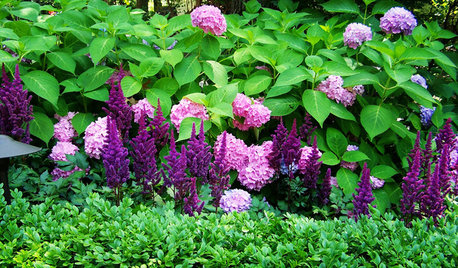
FLOWERS9 Plants That Channel Pantone’s Color of 2014
Try these pinkish-purple wonders to be right on trend — or just for their own captivating beauty
Full Story
KITCHEN STYLESKitchen Workbook: 12 Elements of Tropical-Style Kitchens
Relax into that vacation-at-home feeling with a kitchen that evokes swaying palm trees and warm ocean breezes
Full Story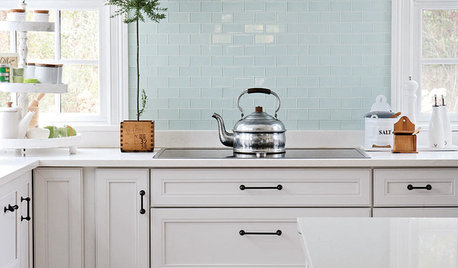
Indoor Gardening: Herbs and Succulents
Pop easy-care plants in a sunny window for beauty, fragrance and flavor all year
Full Story
COLORHow to Use Marsala, Pantone’s 2015 Color of the Year
Pantone digs deep and goes earthy with its selection. Here are ways to make it work in your home
Full Story
LIGHTINGDecorating With Antiques: Set the Stage With Lighting
Complete a vintage scene or create contrast with lamps, sconces and chandeliers that have traveled through time
Full Story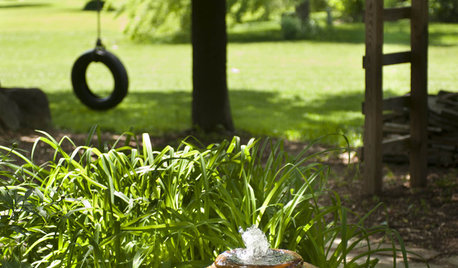
GARDENING AND LANDSCAPINGHow to Give Your Garden More Soul
Feel more at home in your garden by giving it deep, personal meaning
Full Story
BATHROOM MAKEOVERSRoom of the Day: Bathroom Embraces an Unusual Floor Plan
This long and narrow master bathroom accentuates the positives
Full Story
MIDCENTURY HOMESHouzz Tour: An Eichler Remodel Spawns a Design Career
A homeowner finds her true calling upon redesigning her family's entire California home
Full Story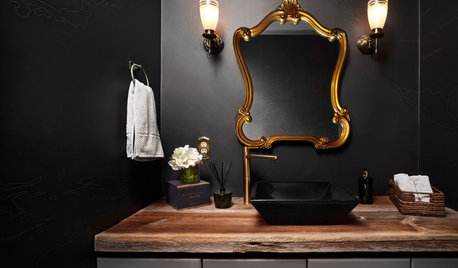
BATHROOM DESIGN11 Smashing Black Bathrooms
Going dark in the bath amps up the drama and lets metallic finishes shine
Full StorySponsored
Columbus Area's Luxury Design Build Firm | 17x Best of Houzz Winner!
More Discussions






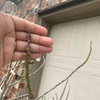
daxin